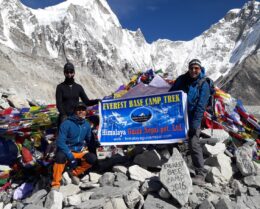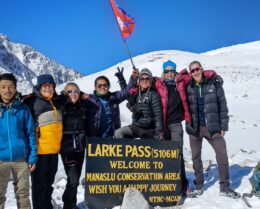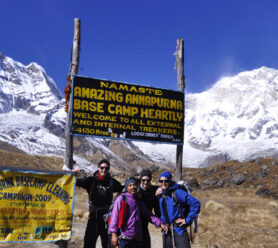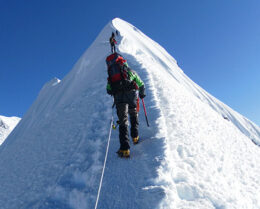Best Time to Visit Nepal
UPDATED ON 8 January, 2024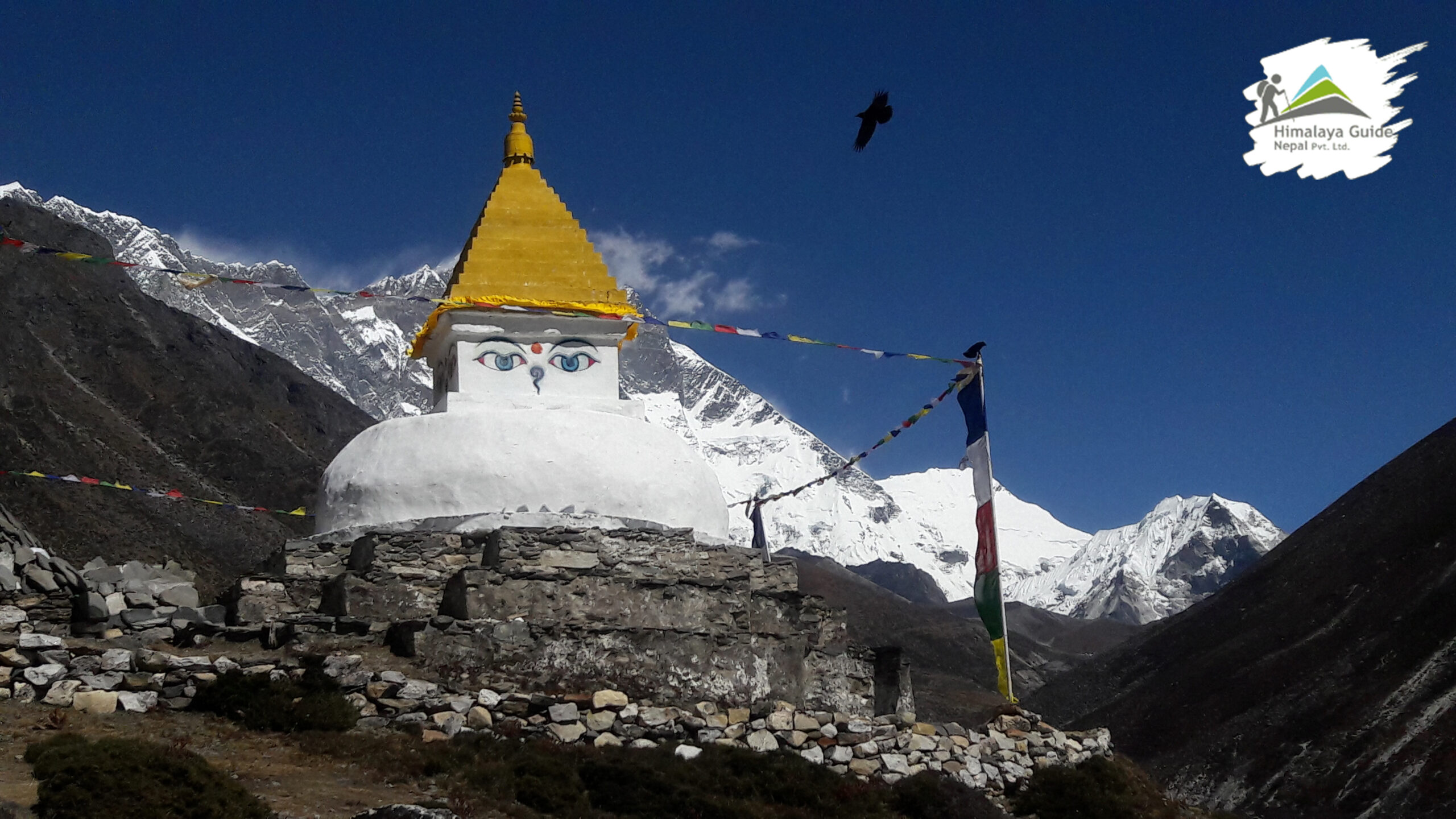
Nepal, the land of majestic mountains and rich cultural heritage is a traveler’s paradise. Nestled in the heart of the Himalayas, this enchanting country offers many experiences ranging from high-altitude treks to vibrant cultural festivals. If you’re planning to visit Nepal, choosing the right time of the year is crucial to ensure a memorable and rewarding journey. In this blog, we will delve into the best time to visit Nepal, taking into account various factors such as weather, festivals, and popular tourist attractions.
So, let’s embark on a virtual tour of Nepal and discover the ideal time to visit and explore its wonders!
Overview of the Best Time to Visit Nepal
Whether you’re a trekking enthusiast seeking the challenge of high-altitude trails, a wildlife lover eager to spot rare species in national parks, or a cultural explorer craving to immerse yourself in ancient traditions, Nepal beckons with its diverse offerings.
Prepare to be enchanted by the warmth of the Nepalese people, captivated by breathtaking vistas, and inspired by the rich tapestry of history and spirituality. A visit to Nepal promises to be an unforgettable adventure that will leave you with memories to treasure for a lifetime.
Spring(March to May): Awakening
Nepal’s spring season, from March to May, is considered one of the best times to visit Nepal the country. As winter bids adieu and the snow begins to melt, the entire landscape comes alive with vibrant colors and blossoming flowers. The weather during spring is generally mild and pleasant, making it ideal for outdoor activities and sightseeing.
Mountain Views
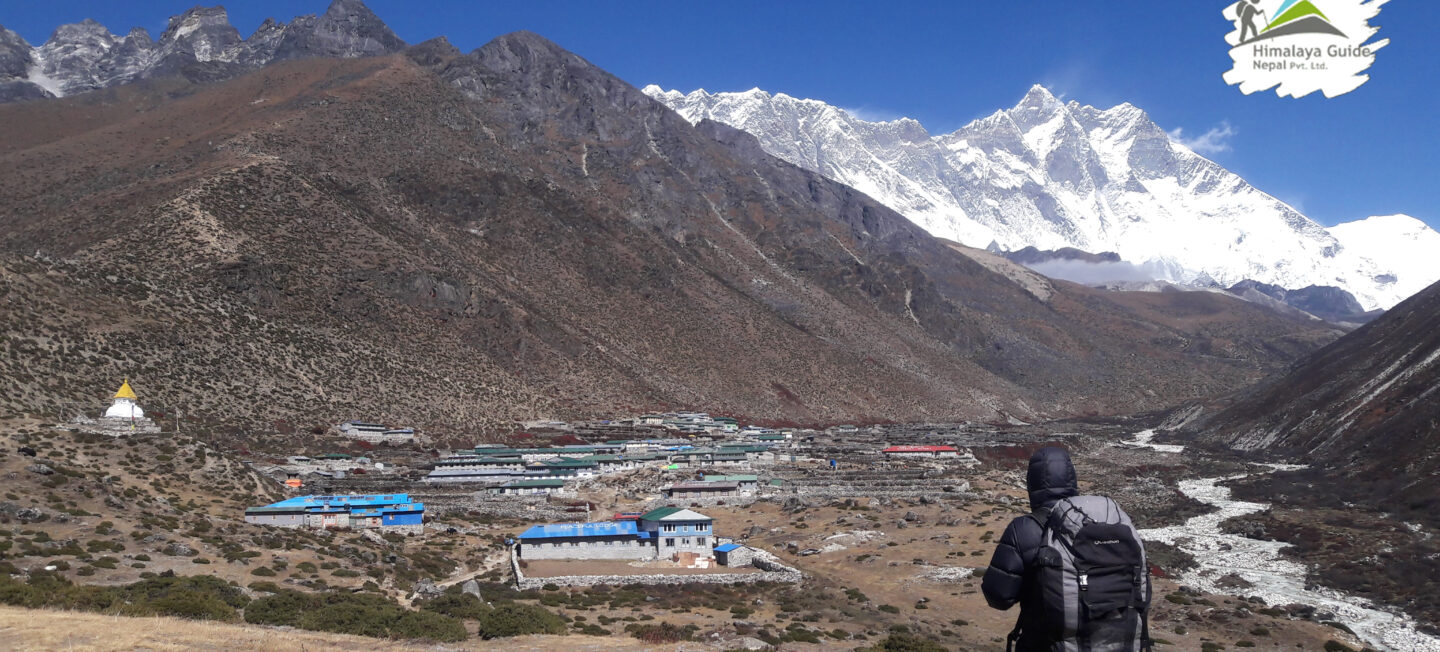
If you’re an adventure enthusiast seeking breathtaking mountain views, spring is the perfect time to embark on treks to popular destinations like the Everest Base Camp or Annapurna Circuit.
The clear skies offer panoramic vistas of snow-capped peaks, including the iconic Mount Everest, making your trekking experience truly awe-inspiring.
Festive Vibes
Spring in Nepal coincides with numerous cultural festivals, such as Holi and Nepali New Year (Bisket Jatra). These celebrations provide a glimpse into the country’s rich cultural heritage, allowing you to immerse yourself in the vibrant traditions and rituals of the Nepalese people.
Monsoon(June to September): Retreat
While the monsoon season may not be the most obvious choice for visiting Nepal, it has its own unique charm. From June to September, the country experiences occasional rain showers, transforming the landscape into lush greenery. This is an excellent time to explore the lesser-known treasures of Nepal, away from the crowds.
Chitwan National Park and Bardia National Park
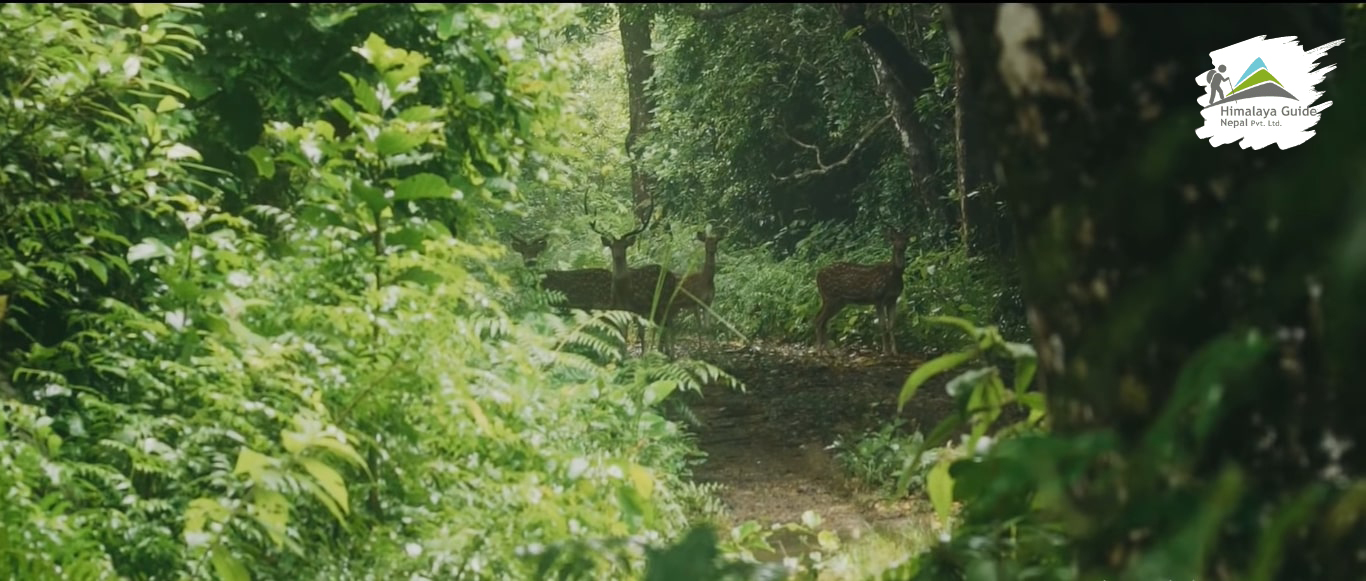
National parks like Chitwan and Bardia are at their prime during the monsoon season. The rainfall breathes new life into these jungles, creating a haven for wildlife enthusiasts. You can embark on thrilling jungle safaris, spot rare species, and witness the beauty of nature in its raw form.
Rain Shadows
While the monsoon may bring rain showers to certain regions, other areas like the Mustang region and parts of the Annapurna range lie in the rain shadow. These regions remain relatively dry and offer spectacular landscapes for trekking and exploration, providing a unique contrast to the rest of Nepal during this season.
Autumn (September and November): Glory
Considered the peak season for tourism in Nepal, autumn (September and November) lures travelers with its pleasant weather, clear skies, and abundant natural beauty. This is the time when the entire country is in a festive spirit, and the trekking trails are bustling with adventurers from around the world.
Trekking Routes
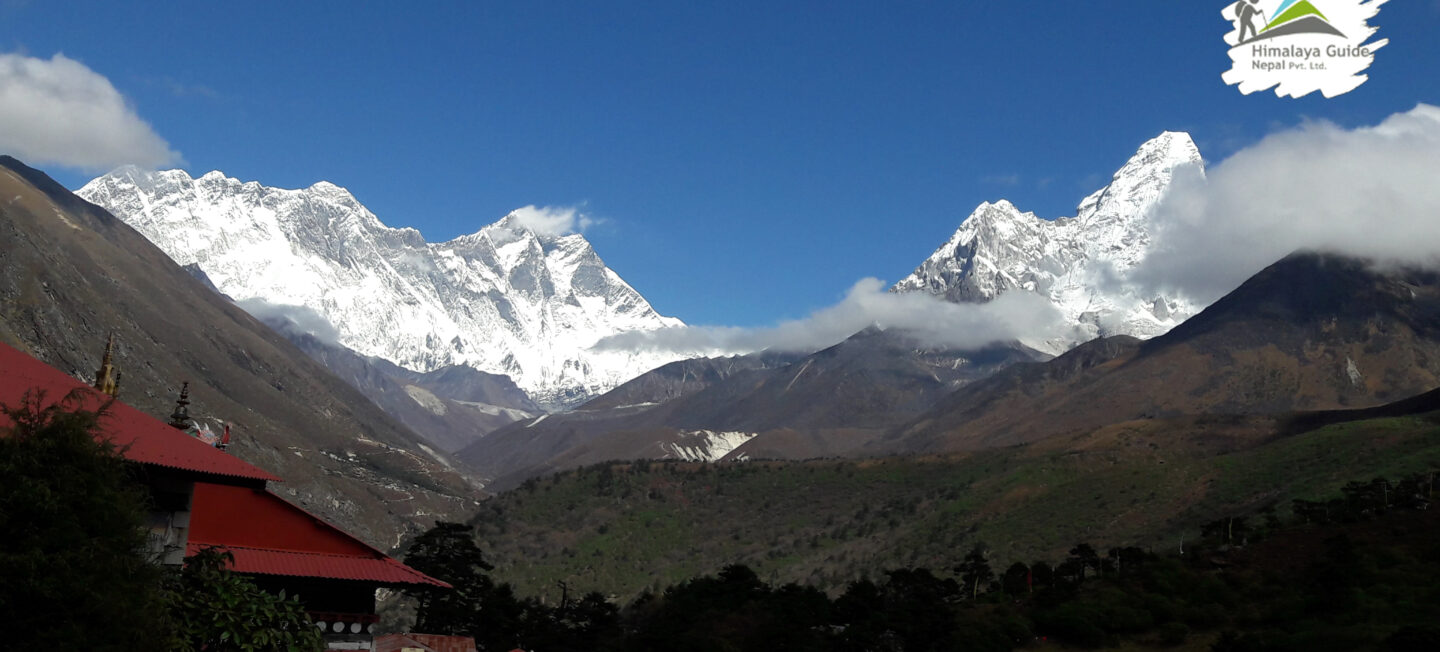
Autumn is the ideal time to tackle Nepal’s legendary trekking routes. The Annapurna Circuit, Langtang Valley, and Everest Base Camp treks are popular choices during this season, offering breathtaking views, comfortable weather, and well-established infrastructure along the routes.
Kathmandu Valley

The capital city of Nepal, Kathmandu, is a cultural hub and a gateway to many attractions. During autumn, the city becomes a vibrant mosaic of colors and festivities, with festivals like Dashain and Tihar filling the air with joy and excitement. Exploring ancient temples, palaces, and traditional markets in the pleasant autumn weather is a delightful experience.
Winter (December to February): Wonderland
For those seeking a unique adventure amidst snowy landscapes, winter in Nepal offers a serene and tranquil atmosphere. From December to February, the country experiences colder temperatures, especially at higher altitudes.
While some regions may be inaccessible during this season, certain areas like the Kathmandu Valley and lower-altitude trekking trails are still welcoming to visitors.
Cultural Immersion:
Winter provides an excellent opportunity to delve deeper into Nepal’s rich cultural heritage. With fewer tourists, you can explore ancient temples, monasteries, and historical sites at your own pace, gaining a more intimate understanding of the country’s traditions and customs.
Chitwan National Park:
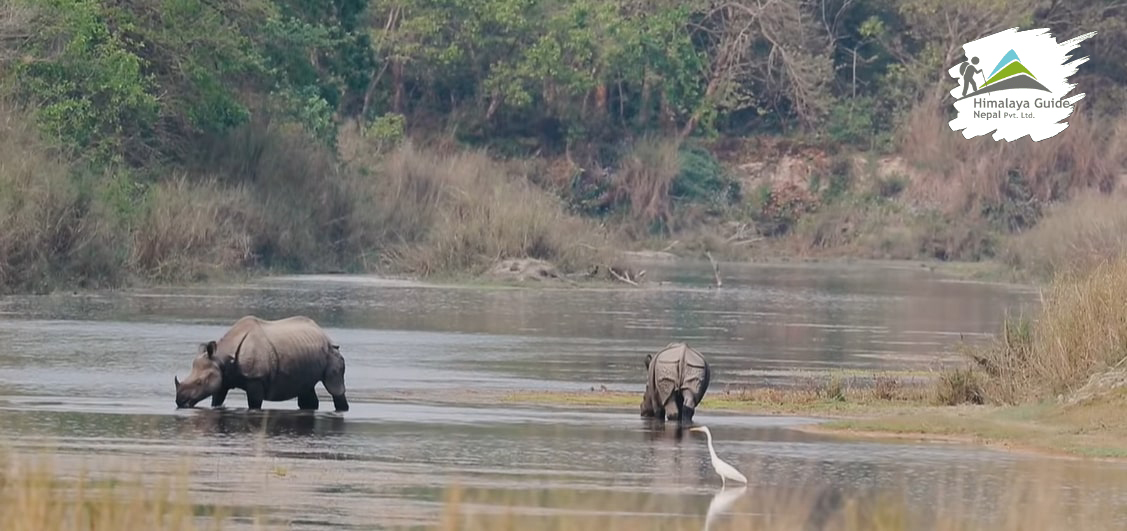
While the wildlife may be harder to spot during winter due to the dense foliage, visiting Chitwan National Park during this season has its own allure.
The cooler weather offers a comfortable environment for activities like nature walks, birdwatching, and canoeing, allowing you to appreciate the park’s diverse ecosystem.
What will you come across in the journey at the Best Time to Visit Nepal?
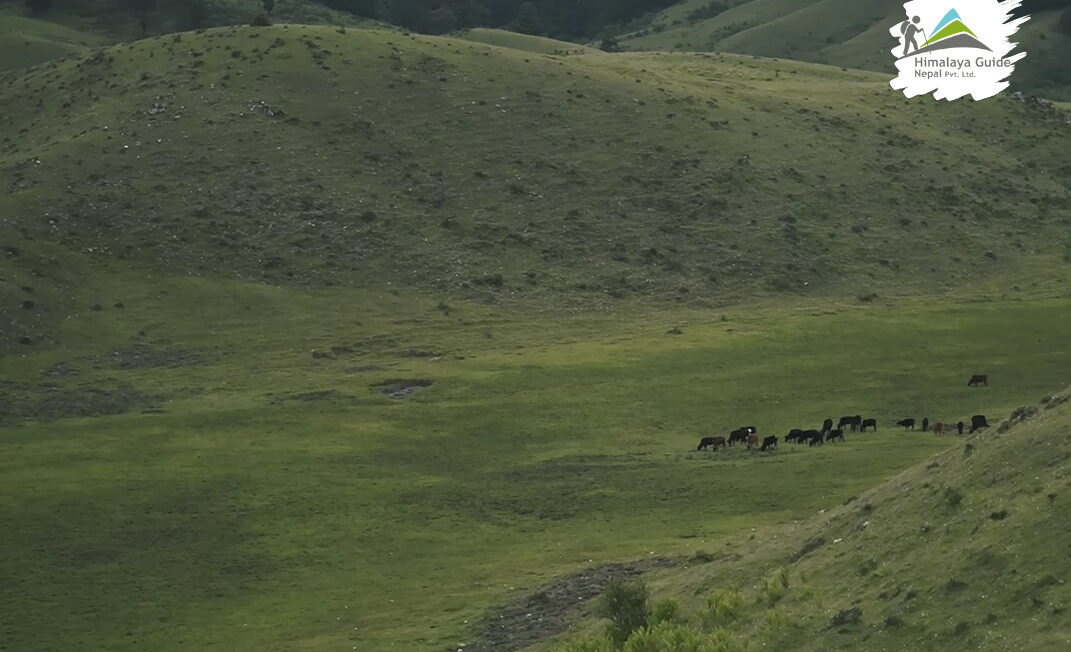
Here are some of the things you will come across during your journey in Nepal:
- Majestic Himalayan mountain range with stunning views of Mount Everest, Annapurna, and other iconic peaks.
- Chitwan National Park and Bardia National Park, are home to diverse wildlife including elephants, rhinos, tigers, and exotic bird species.
- Lush green landscapes and scenic beauty, especially during the monsoon season when the country transforms into a vibrant green paradise.
- Rich cultural heritage with ancient temples, monasteries, and palaces in Kathmandu Valley and other cities.
- Vibrant festivals and celebrations showcasing traditional music, dance, and religious rituals.
- Trekking trails like the Everest Base Camp, Annapurna Circuit, and Langtang Valley offer breathtaking views and challenging adventures.
- Local communities and the warm hospitality of the Nepalese people provide insights into their customs, traditions, and way of life.
- Spiritual experiences through visits to sacred sites such as Pashupatinath Temple, Boudhanath Stupa, and Swayambhunath Stupa.
- Outdoor activities like river rafting, paragliding, and mountain biking, cater to adrenaline enthusiasts.
- Local markets and handicrafts showcasing exquisite craftsmanship, where you can find souvenirs and traditional Nepali artifacts.
- Serene and tranquil environments in off-the-beaten-path destinations like Mustang and Dolpo, offer unique cultural experiences.
These are just a glimpse of the incredible encounters you can expect during your journey in Nepal. The country’s diverse landscapes, rich cultural tapestry, and adventure opportunities ensure that every step you take will be filled with discovery and wonder.
FAQs for Best Time to Visit Nepal
What is the best time to visit Nepal?
The best time to visit Nepal largely depends on your preferences and activities. Spring (March to May) and autumn (September to November) are the Best seasons due to pleasant weather, clear skies, and vibrant festivals.
However, winter (December to February) offers a unique experience with quieter trails and cultural exploration. At the same time, the monsoon season (June to September) brings lush greenery and wildlife sightings.
Is Nepal only for trekkers and mountaineers?
While Nepal is renowned for its trekking and mountaineering opportunities, it is not limited to just outdoor enthusiasts.
The country offers diverse experiences, including cultural exploration in Kathmandu Valley, wildlife safaris in national parks, spiritual journeys to sacred sites, and adventure activities like river rafting and paragliding. Everyone can find something to like in Nepal.
What permits or documents do I need to visit Nepal?
To visit Nepal, you will need a valid passport with at least six months of validity. Depending on your activities, you may also require specific permits. For example, trekking in restricted regions like Upper Mustang or Dolpo requires a special trekking permit. Additionally, obtaining a visa is necessary, which can be obtained on arrival at the international airport or at land border crossings.
How can I ensure my safety during trekking in Nepal?
Trekking in Nepal can be challenging but immensely rewarding. To ensure your safety, it is advisable to hire an experienced guide or join a reputable trekking agency. They will provide essential information, navigate the trails, and ensure proper acclimatization.
It is also recommended to purchase travel insurance that covers emergency medical evacuation and to follow all safety guidelines provided by the authorities.
What should I pack for my trip to Nepal?
When packing for Nepal, consider the season and activities you plan to engage in. Essential items include sturdy walking shoes, layered clothing for varying temperatures, a good quality backpack, a hat, sunscreen, insect repellent, and a first aid kit.
If you’re trekking, pack appropriate gear such as a sleeping bag, poles, and a waterproof jacket. Don’t forget to carry the necessary travel documents, including a photocopy of your passport and insurance details.
Are there any cultural norms or etiquette I should be aware of in Nepal?
Respecting local customs and traditions is important in Nepal. It is customary to remove your shoes before entering temples, monasteries, or someone’s home. Dress modestly, especially in religious sites. It is polite to greet locals with a “Namaste” and to seek permission before taking photographs of people.
Avoid public displays of affection, and be mindful of local sensitivities and norms. This will ensure a culturally sensitive and respectful experience.
Conclusion
In conclusion, Nepal is a year-round destination with each season offering its own distinct experiences. Whether you’re an adventure enthusiast, a nature lover, or a cultural explorer, Nepal has something to offer in every season.
Consider the weather, your preferred activities, and the specific regions you wish to visit while planning your trip. By choosing the best time to visit Nepal, you can make the most of your journey. Similarly, create lifelong memories, and discover the true essence of this extraordinary Himalayan nation.

